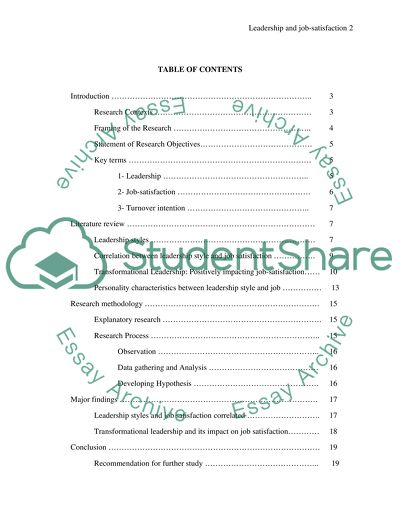Cite this document
(“Research Managing behavior in organization Essay”, n.d.)
Retrieved from https://studentshare.org/environmental-studies/1405365-research-managing-behavior-in-organization
Retrieved from https://studentshare.org/environmental-studies/1405365-research-managing-behavior-in-organization
(Research Managing Behavior in Organization Essay)
https://studentshare.org/environmental-studies/1405365-research-managing-behavior-in-organization.
https://studentshare.org/environmental-studies/1405365-research-managing-behavior-in-organization.
“Research Managing Behavior in Organization Essay”, n.d. https://studentshare.org/environmental-studies/1405365-research-managing-behavior-in-organization.


